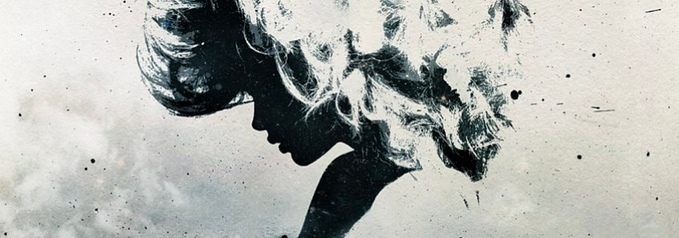Member-only story
For the Sake of History, Keep a Coronavirus Diary
The details you notice now will be illuminating in 30 years

 If you want to know what the Great Fire of London was like in 1666 you can look at the facts and figures — five days of burning, one-third of the city destroyed, 100,000 people homeless — or you can read Samuel Pepys’ diary:
If you want to know what the Great Fire of London was like in 1666 you can look at the facts and figures — five days of burning, one-third of the city destroyed, 100,000 people homeless — or you can read Samuel Pepys’ diary:
“I [went] down to the water-side, and there got a boat and through bridge, and there saw a lamentable fire… Everybody endeavouring to remove their goods, and flinging into the river… poor people staying in their houses as long as till the very fire touched them, and then running into boats, or clambering from one pair of stairs by the water-side to another. And among other things, the poor pigeons, I perceive, were loth to leave their houses.”
For historians, this level of detail about a lived experience is invaluable to understanding what a crisis was really like on the ground. Official reports, journalistic coverage, and interpersonal correspondence all have their places in the archive, but nothing beats a diary for detailed, personal, and emotional documentation.
Obviously we produce a lot more documentation about world events today than people did in Pepys’ time. But in the age of the coronavirus, we all might consider adding to the record by keeping a pandemic diary. (Or if, like me, you already keep a diary, you might turn its focus to the ways Covid-19 is affecting life for you and your loved ones.)
Besides the fact that journaling is good for your mental health — and we could all use some stress-busting right now — your recollections of social distancing, quarantining, and perhaps even suffering from the disease, will be hugely valuable for historians of the future.
“Diaries can be an absolute goldmine for researchers,” says Declan Kiely, director of special collections and exhibitions at the New York Public Library. “I think it’s the sheer first-handedness of it — it’s the closest thing to being there.” It’s not only the details of daily life that are valuable, but the levels of ignorance and misinterpretation on display. People who kept journals during World War II, for instance, didn’t know how or when it would end. “What we’re often doing as historians or consumers of diaries is…











